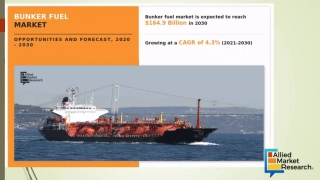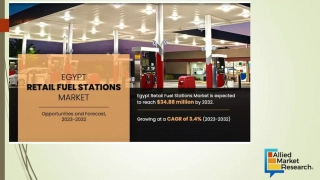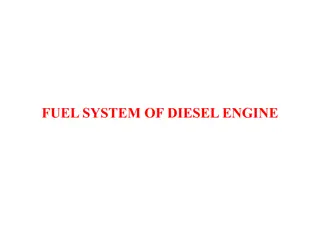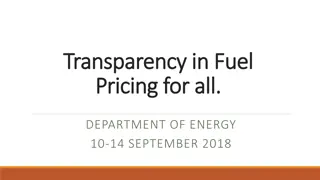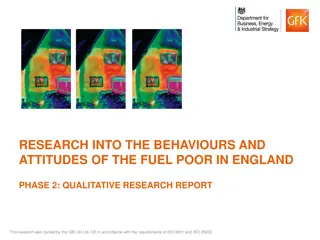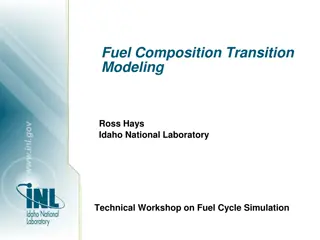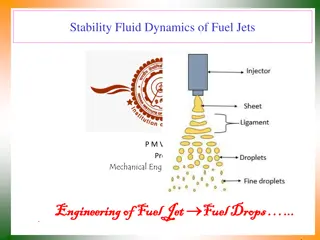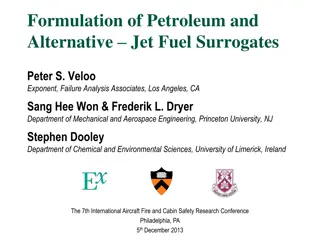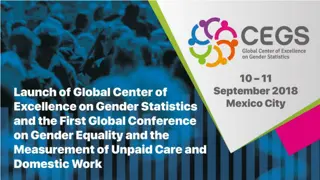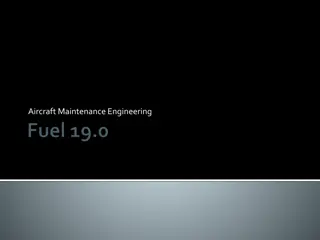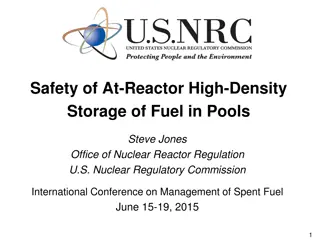Understanding Energy Poverty and Its Impact on Fuel Poverty in Europe
Evaluating the impact of energy efficiency on fuel poverty, this study examines the emergence of energy poverty in the EU, factors driving fuel poverty across Europe, and UK's definition of fuel poverty. It discusses various policies and strategies implemented to address fuel poverty, emphasizing the role of energy efficiency. Measuring progress in tackling fuel poverty is also highlighted, emphasizing the need for common definitions and comprehensive approaches at the EU level.
Download Presentation

Please find below an Image/Link to download the presentation.
The content on the website is provided AS IS for your information and personal use only. It may not be sold, licensed, or shared on other websites without obtaining consent from the author. Download presentation by click this link. If you encounter any issues during the download, it is possible that the publisher has removed the file from their server.
E N D
Presentation Transcript
Evaluating impact of energy efficiency on fuel poverty William Baker, Consumer Focus
Understanding fuel poverty Emergence of energy poverty in EU single liberalised market accession of former Soviet Union states rising energy prices, cost of addressing climate change Tackling energy poverty 2009 gas & electricity Directives: MSs: national action plans to tackle energy poverty Defining energy/fuel poverty only UK & Ireland have definition EESC: EU should adopt common definition of energy poverty
What is fuel poverty? Drivers differ across EU: welfare, liberalisation, housing quality, climate UK: energy inefficiency, high fuel prices, low income UK definition: A household that needs to spend 10% of more of its income on fuel to secure adequate warmth and meet other energy needs adequate warmth: 21oin living room, 18oin other rooms (WHO) Measuring fuel poverty in Europe EU-SILC?: h/hds unable to keep home warm , utility bill arrears , leaks, damp or rot in home 3
Energy poverty in Europe Source: Thomson (2011), Qualifying and quantifying fuel poverty across the EU EPEE (2009): 50m 125m energy poor in Europe
UK fuel poverty policy 2000 Warm Homes & Conservation Act eliminate fuel poverty in England by 2016 similar targets for Scotland, Wales & Northern Ireland 2001 Fuel Poverty Strategy: tackle 3 causes of FP Emphasis on energy efficiency Warm Front grants for benefit recipients in private housing Decent Homes programme for social housing supplier obligation for priority group consumers Also income and prices, e.g. Cold Weather Payments, Winter Fuel Payments, Warm Home Discount
Measuring progress Annual English Housing Survey housing: thermal performance, heating system etc household: income, number of people, tenancy etc Annual fuel poverty progress report key indicator = number of households in fuel poverty binary indicator: either in or out of fuel poverty Individual FP programmes, e.g. Warm Front numbers helped, SAP improvement measured impact on fuel poverty not measured
UK fuel poverty trends 2011 & 2012= projections Source: DECC (2011), Consumer Focus (2012) and Camco (2012)
Evaluating impact of schemes: issues Propensity ( hit rate ) versus coverage 75% of those eligible for Warm Front are not FP (NAO, 2009) 2011 Warm Front changes: stricter eligibility criteria high propensity: 77% of eligible group are fuel poor BUT poor coverage: 100,000 over 2 years = 2.5% of total trade off between propensity and coverage Fuel poverty severity 11% 9% = success, yet small intervention 30% 11% = failure, yet major intervention No systematic assessment of impact on cold homes, health, fuel under-spend, disposable income
Evaluation of Warm Zone pilots (2001-5) Five area-based pilots to tackle fuel poverty Evaluation tools used no. and % removed from fuel poverty propensity and coverage distance travelled: fuel poverty gap = 1ton (current FPI 9.9%) total=no. of FPI % points to remove all h/hds from FP additionality: impact over and above BAU (national trend) output/ 1000 invested (cost effectiveness) progress at different stages of delivery
Progress at each stage of WZ delivery Source: CSE & NEA (2005), Warm Zones external evaluation
Hills Interim Fuel Poverty Review 2011 Critique of fuel poverty definition fixed 10% threshold: not current, little evidence ratio: numerator/denominator problem income not measured according to IN standards New proposed definition of fuel poverty: A household that faces higher than typical costs; and were it to spend that amount, would fall below the poverty line FP = those below low income and high required fuel cost thresholds new fuelpoverty gap indicator also proposed definition can t be used in other EU countries
Hills low income/high costs indicator See Figures 7.2 and 7.3in report Fuel poor: Income < t/hold / high energy costs We are consulting on how to set the thresholds. Source: Hills (2011), Fuel poverty and its measurement
Comparing indicators 6 1.4 Fuel poor households (millions) current indicator Number of households (millions) Fuel poverty gap ( billion) Fuel poor households (millions) Low income - high costs indicator Fuel poverty gap ( billion) Low income - high costs indicator (real terms, 2009 prices) 1.2 5 1.0 4 0.8 3 0.6 2 0.4 1 0.2 0 0.0 1996 1997 1998 1999 2000 2001 2002 2003 2004 2005 2006 2007 2008 2009 Source: Hills (2011), Fuel poverty and its measurement
New approaches to assessing fuel poverty Fuel poverty proofing EE standards sufficiently high to ensure no occupant lives in FP set SAP/EPC target for retrofitting homes to scale of intervention determined by starting point of home Optimising interventions: optimal combination of EE, income & fuel price interventions biggest bang for bucks for given level of expenditure Optimising outcomes health, quality of life & health expenditure carbon reduction increased disposable income due to reduced bills economic benefits
Fuel poverty proofing Consumer Focus: Raising the SAP (2010) fuel poor homes improved to EPC B (new homes standard) 83% of fuel poor removed from fuel poverty protection against future price rises Camco: Energy Bill Revolution (2012) recycle ETS auction proceeds into EE programme target EPC B standard for 9.1m fuel poor h/hds 87% removed from fuel poverty average bill saving: 310pa 30k-50k direct jobs; 120k-200k indirect jobs (4 x Govt plans) carbon saving 4 x higher than Govt plans
william.baker@consumerfocus.org.uk t 020 7799 7900 f 020 7799 7901 contact@consumerfocus.org.uk www.consumerfocus.org.uk Consumer Focus Fleetbank House, Salisbury Square London EC4Y 8JX




